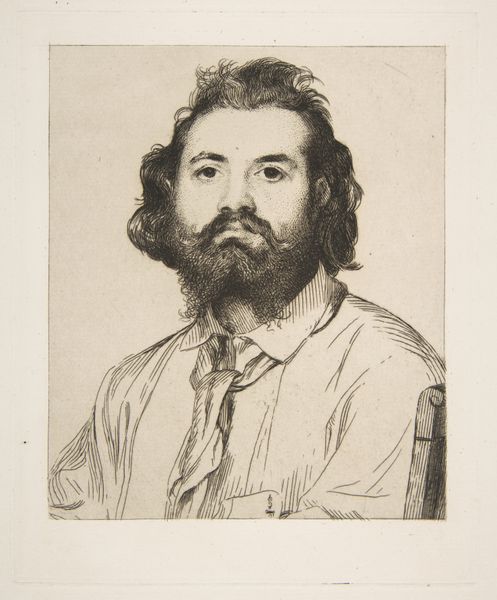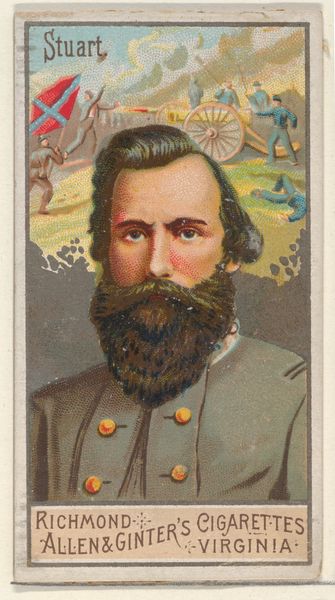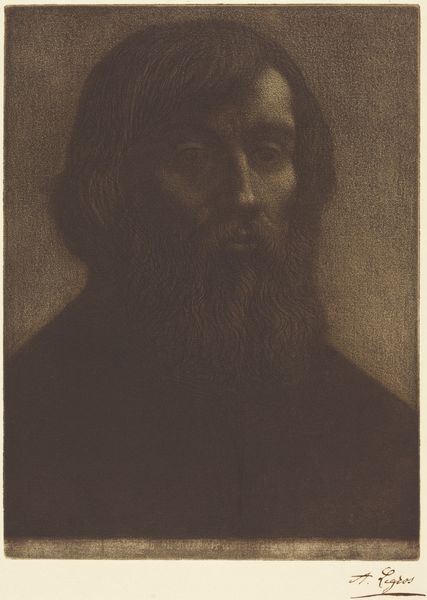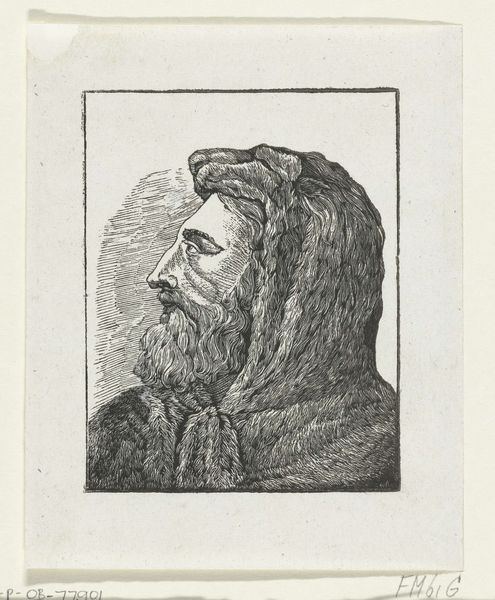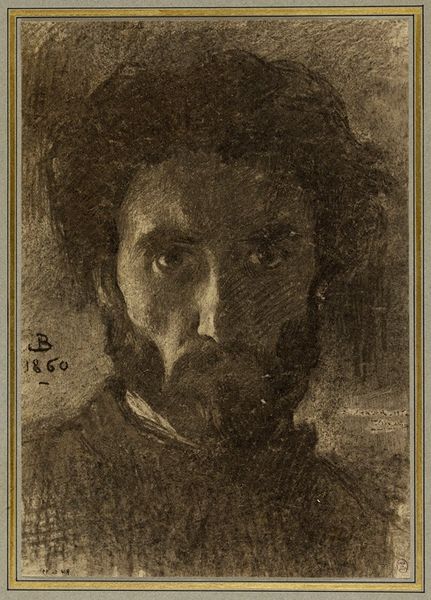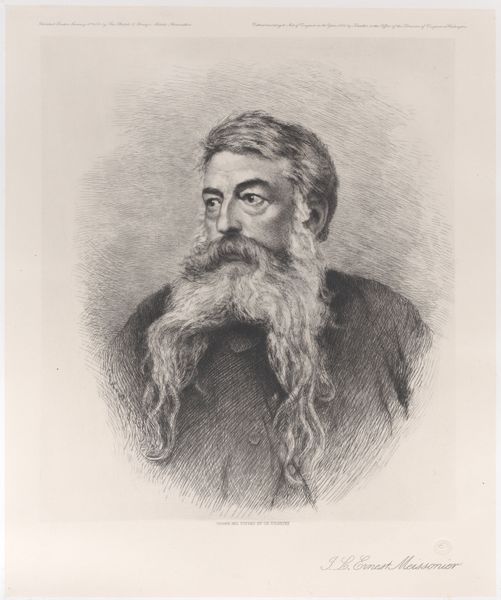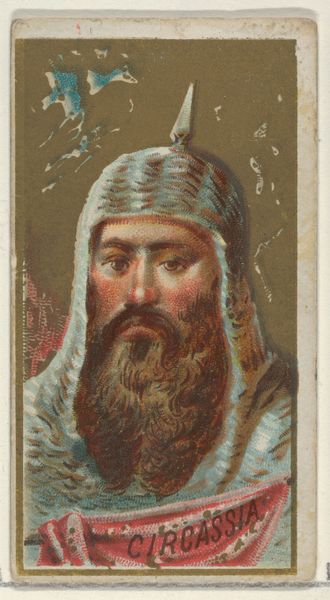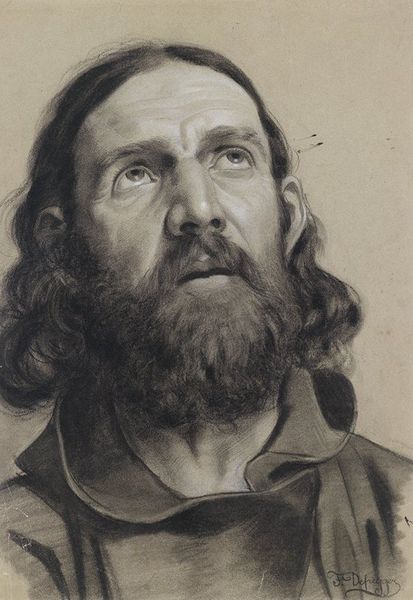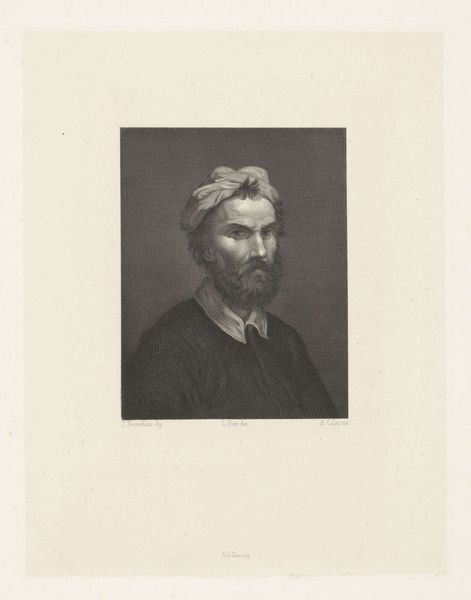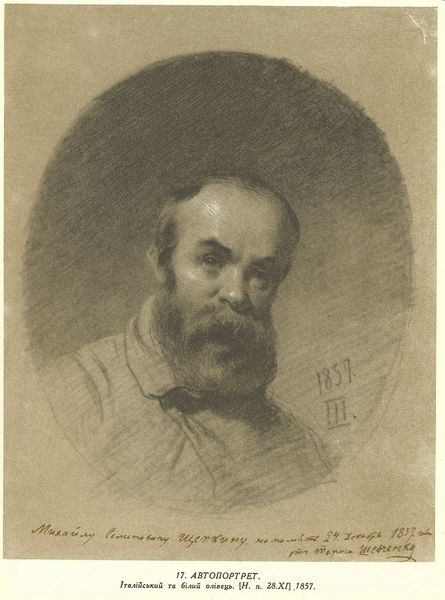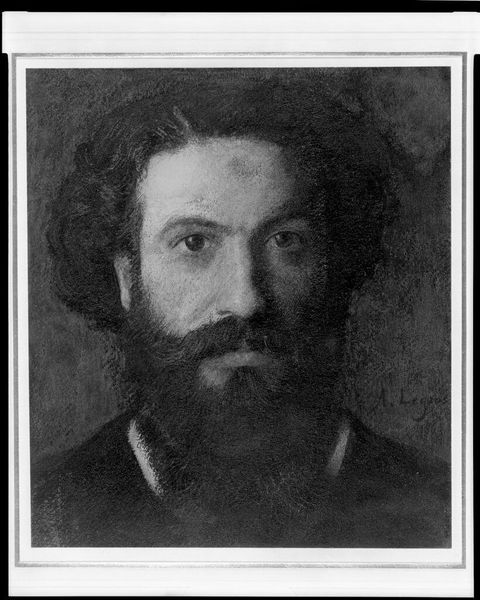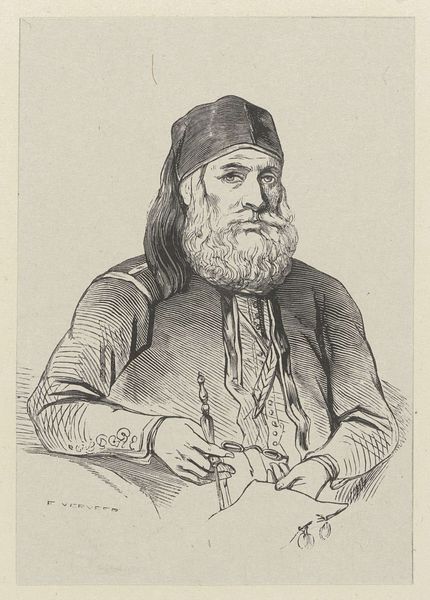
print, engraving
portrait
line
italian-renaissance
engraving
portrait art
realism
Dimensions: plate: 32.2 × 24.7 cm (12 11/16 × 9 3/4 in.) sheet: 53.7 × 41.5 cm (21 1/8 × 16 5/16 in.)
Copyright: National Gallery of Art: CC0 1.0
Curator: Before us is an engraving titled "Giovanni Segantini," dating back to 1914, attributed to Gottardo Segantini. The artwork adopts a classical, near-Renaissance style of portraiture. Editor: It's a brooding piece, isn’t it? The weight of that heavy beard and brow almost seems to pull the entire image downwards. It gives off a very serious and contemplative mood. I'm immediately curious about the materials—the paper's texture and the ink itself. Curator: Observe how Gottardo Segantini utilizes line work to create a detailed yet somewhat stark representation of his father. The mountain backdrop is a key symbolic element of Segantini's artistic identity. Mountains represent both refuge and transcendence, echoing the artist's quest for spiritual truth through nature. Editor: Yes, but how was that image actually *made*? I wonder about the printing process: the pressure, the type of metal used for the plate, how many impressions it would have taken to achieve this level of detail. We're not just seeing an image; we're seeing the culmination of physical labor and material processes, right? Also, it shows us his surrounding environments! Curator: Absolutely! Also think about the significance of lineage. Here we have a son immortalizing his father. Lineage, heritage, and legacy become deeply entwined, reflecting familial pride and artistic influence. Editor: Which also begs the question: How were such engravings consumed in 1914? Would these images be disseminated among family and friends? Could the reproduction of art using print-making techniques enable widespread access? Was this print designed to popularize the artist himself? These questions allow us to better consider access and viewership, aspects which shape the cultural value and material conditions of art. Curator: In viewing the image this way, we touch upon fundamental elements of how we preserve and disseminate cultural memories through art. It really invites consideration of familial roles, legacy and transcendence. Editor: And considering the historical weight of 1914, the materials become stand-ins for broader stories about art making and familial remembrance. Curator: Exactly. An enduring image that still asks so many questions. Editor: A material echo across time.
Comments
No comments
Be the first to comment and join the conversation on the ultimate creative platform.
